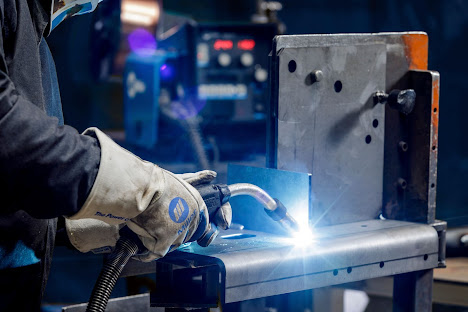Yes, the Welder Trade Preparation Course is designed to provide extensive hands-on training, which is a critical component of the curriculum. Welding is a skill that requires not only theoretical knowledge but also practical experience. Hands-on training allows students to apply what they've learned in a real-world setting, ensuring they develop the proficiency and confidence needed to excel in the field.
What Does Hands-On Training Involve?
The hands-on training component of the Welder Trade Preparation Course typically involves working with industry-standard equipment in a controlled environment, such as a workshop or lab. Students practice various welding techniques, including MIG (Metal Inert Gas), TIG (Tungsten Inert Gas), and arc welding. Under the supervision of experienced instructors, they learn to handle different metals, understand welding positions, and execute precise welds.
This practical training also includes exercises in cutting, fitting, and fabricating metal components. Students are often given projects that simulate real job tasks, such as constructing metal structures or performing repairs. These projects help them build the muscle memory and dexterity required for high-quality welding work.
Benefits of Hands-On Training
Hands-on training is invaluable because it allows students to learn by doing. It helps them understand the nuances of the trade, such as the importance of proper technique, attention to detail, and adherence to safety protocols. Moreover, it allows them to troubleshoot problems as they arise, preparing them for the challenges they might face in a professional setting.
By the end of the course, students who have completed hands-on training are more likely to feel prepared for entry-level positions in the welding industry. They not only gain technical skills but also develop a strong work ethic and the ability to work under pressure, which are essential qualities for a successful welding career.
Why Hands-On Training Matters
Employers in the welding industry highly value practical experience. When you complete a course that includes hands-on training, you demonstrate to potential employers that you have not only learned the theoretical aspects of welding but also have the practical skills to back it up. This makes you a more competitive candidate in the job market and can open doors to various career opportunities in fields such as construction, manufacturing, and maintenance.
Conclusion
The inclusion of hands-on training in the Welder Trade Preparation Course ensures that students are well-equipped to enter the workforce with the skills and experience necessary to succeed. It bridges the gap between classroom learning and real-world application, making it an essential part of any comprehensive welding education.
To find out more about how our Welder Trade Preparation Course can give you the hands-on training you need to succeed, visit xlr8edlearning.ca.

Comments
Post a Comment